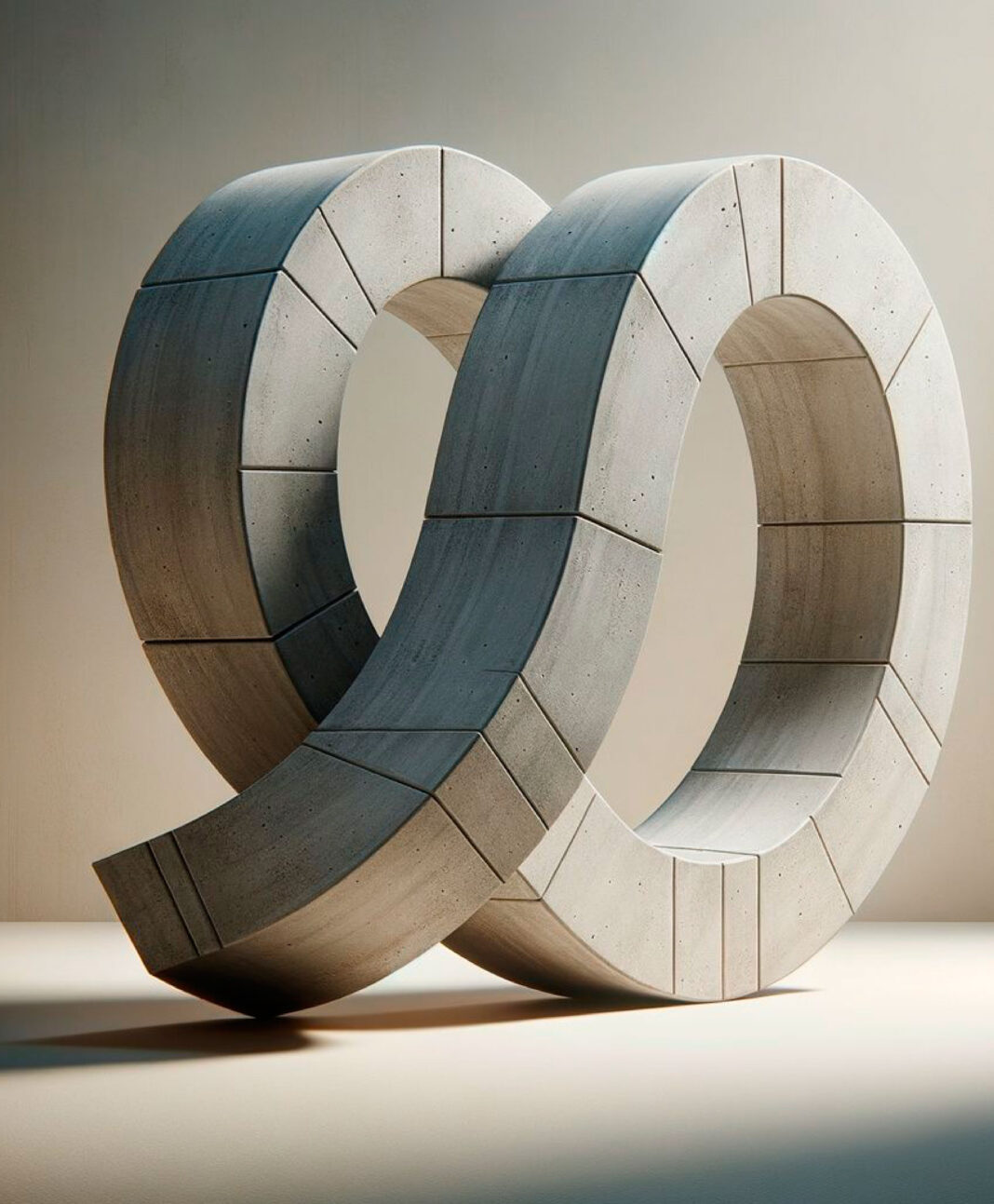Since the mid-1800s, concrete has been the mainstay of construction, but this material is known to have its limitations. It can crack, crumble and struggle to hold heavy loads so scientists have been researching ways to revolutionise concrete and enhance its capacities.
One such innovation is ConFlexPave, developed by scientists at Nanyang Technological University (NTU Singapore). Not only is it lighter and harder than conventional concrete, but it’s also three times more flexible thanks to the use of special additives and polymer microfibres.
Meanwhile, researchers at Swinburne University in Melbourne, Australia, have made enormous strides by developing cement-free concrete that sets at room temperature. This eco-friendly option uses fly ash and geopolymers, making it a whopping 400 times more flexible than its conventional counterpart. This newfound flexibility, combined with its improved resistance to microfractures makes it ideal for use in earthquake-prone regions.
But the benefits don’t stop there. This innovation is also significantly more sustainable. By dispensing with the use of cement, the major polluting component of concrete, energy consumption is reduced by 36% and carbon dioxide emissions are slashed by a staggering 76%.
Flexible concrete






